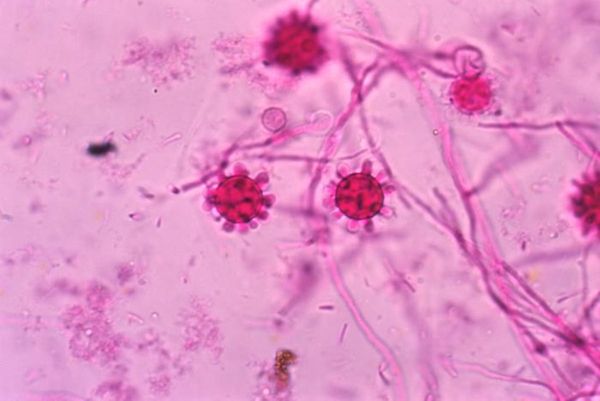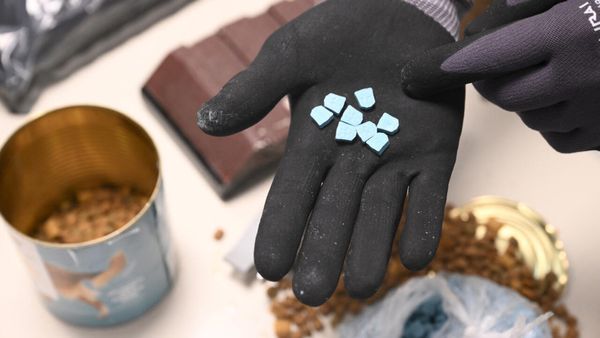
More than a third of Brits suffer from hay fever-like symptoms, or 'Christmas tree syndrome', a Prevalin Allergy poll has shown.
The worrying findings of Prevalin Allergy, a brand of over-the-counter allergy relief products, show atmospheric, scented Christmas trees are not as harmless as they might first appear. The branches, needles and resin of the fir are full of rosin, a substance causing contact allergy in many.
Though a staple of the festive season, trees can cause people to battle itchy noses, watery eyes, chest pains, coughing, sneezing, and even eczema. The seasonal syndrome also includes wheezing and transitory skin rashes — symptoms discovered as far back as 1970 in a Christmas tree allergy study.
What are the symptoms of Christmas Tree syndrome?
One of the most concerning aspects of Christmas tree syndrome is the mould causing its symptoms. This includes aspergillus (it can be dangerous for people with compromised immune systems); penicillium (the mould from which penicillin is made and causes allergic reactions); and Cladosporium (it mostly causes skin infections).
“Most of the time mould is obvious in the home, but many people don’t realise that mould also naturally grows on Christmas trees,” Dr Andy Whittamore, an in-house GP at Asthma UK told the Daily Express.
“This is made worse when people turn their heating on, as the warmer temperature encourages mould to grow faster.
“Mould can be a real problem for the 5.4 million people with asthma in the UK, causing allergic reactions that can trigger asthma symptoms and, in some cases, life-threatening asthma attacks.”
How can you avoid Christmas Tree syndrome?
Avoiding Christmas trees may be the best way to control such allergies. However, even artificial ones can accumulate dust and mould spores.
Fortunately, there is a silver lining as the Advanced Sinus and Allergy Center in the US has provided tips to help reduce exposure to allergens. These include:
- Shaking the tree to remove as much debris as possible before bringing it into the house. This may also reduce dust and pollen.
- Hosing down live trees before bringing them in the house if possible. Mould spores thrive on moisture, so be sure to first thoroughly dry the tree by leaving it in the sun or by using a leaf blower or air compressor.
- Spraying live trees with a dilute chlorine bleach solution to kill mold spores. Some sources claim that the bleach will also reduce the scent of terpenes. These are a large and diverse class of organic compounds produced by various plants, including many types of fruits, vegetables, and herbs.
- Wiping artificial trees and ornaments with a soft, dry cloth to keep them dust-free. (Ornaments made of solid materials such as glass, metal and plastic are easier to clean than those made from soft fabric).
- Disposing of your live tree as soon as possible because mould spores continue to reproduce as long as the tree is inside your house.
- Storing artificial trees in a dry, cool space. Sealing the tree sections in a box or plastic bag will reduce dust accumulation throughout the year.
- Inspecting stored trees every four to six months to ensure there is no infestation of insects or rodents.
- Wearing a mask when retrieving artificial trees and ornaments from storage







